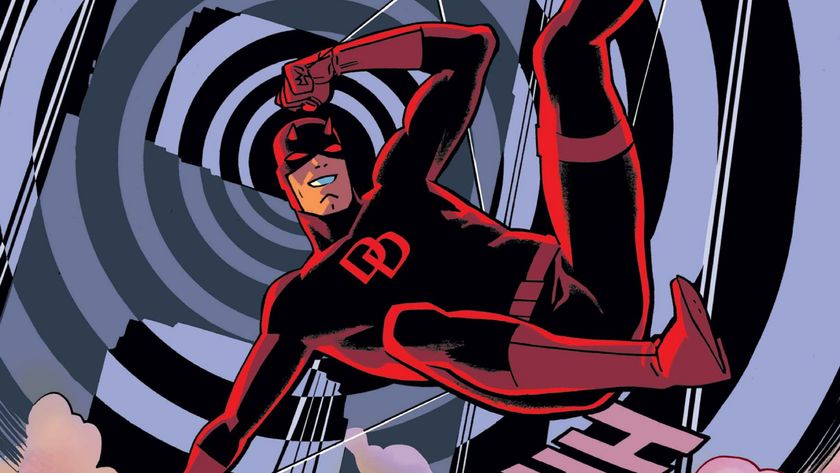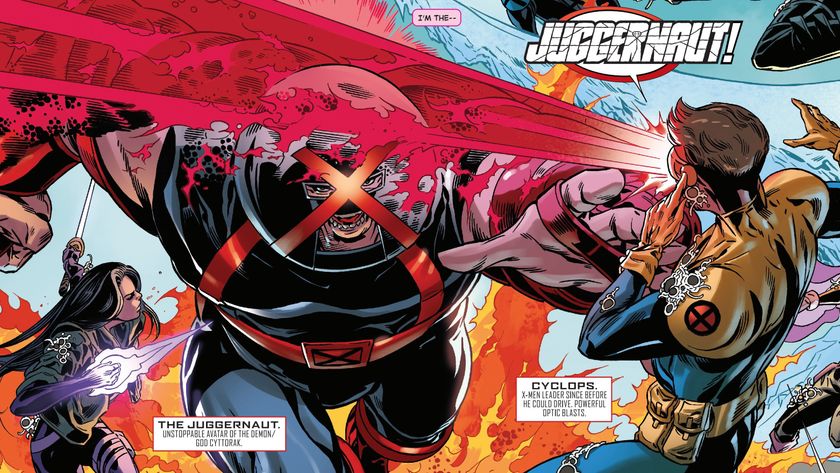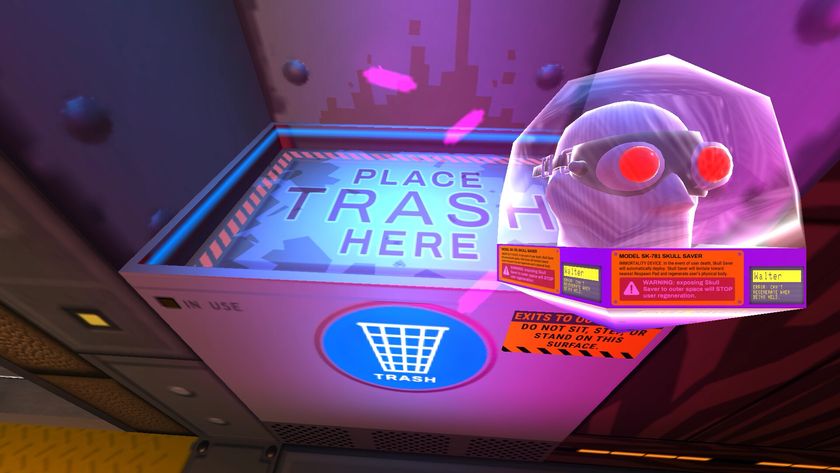Two doomed scene kids surviving in the shadow of the world's end in 920London graphic novel
From The Pervert's Remy Boydell
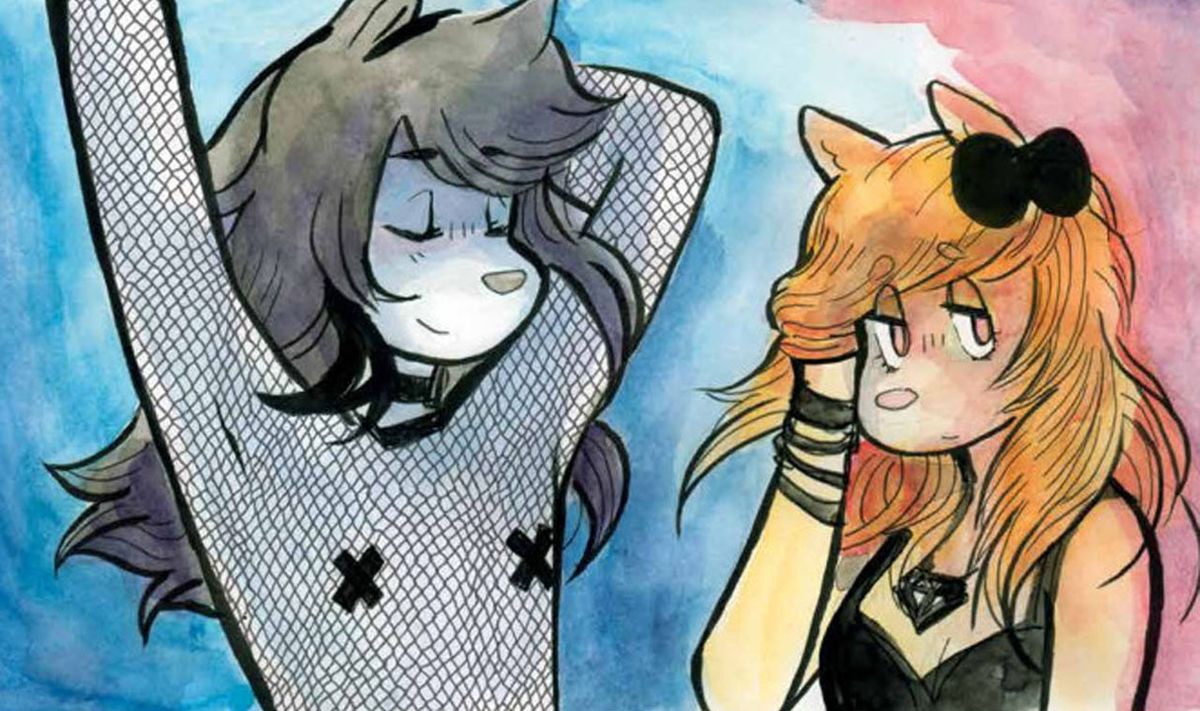
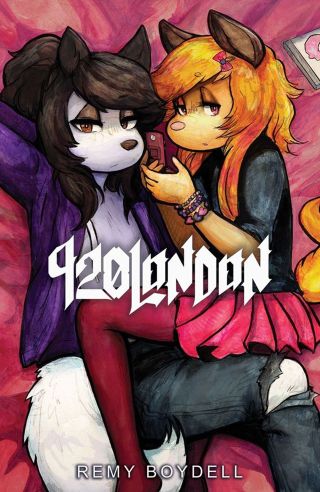
What would you do at the end of the world?
Remy Boydell’s debut solo graphic novel 920London dives deep into early 00s London to navigate the tension of existing day-to-day even as profound change shifts ever closer. Written and illustrated by Boydell, 920London utilizes the same anthropomorphic designs and delicate watercolor work as its predecessor The Pervert (with writer Michelle Perez) in a new narrative style, following friends-turned-lovers-turned-something-else Kiki and Hana’s efforts to grow shrooms before the end of the world.
Boydell imbues the tale of two extremely 2000s scene kids with a timeless relatability — 920London touches on the uncertain anxieties of adulthood and the delicate balance of shifting relationships with sincerity and empathy.
920London hits the shelves from Image Comics on June 10, and Newsarama had the opportunity to chat with Remy about 920London, scene life, and what comes next.
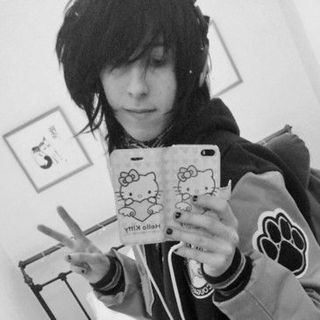
Newsarama: Remy, how long have you been working on 920London?
Remy Boydell: If I’m doing an average amount of freelance work at the same time, it takes about two years for me to do a book that size. I was feeling a little self-conscious writing and going solo for the first time, so that definitely made it harder!
Nrama: 920London nails such a specific early '00s vibe so perfectly — were you a scene kid (or emo kid!) yourself at all?
Comic deals, prizes and latest news
Get the best comic news, insights, opinions, analysis and more!
Boydell: I was a little goth! I wish I had been self-actualized enough to become scene. I know a lot of people who only managed to really meet their Maslov’s hierarchy of needs from their mid-20s onwards, and it feels great seeing them fully get into subculture stuff.
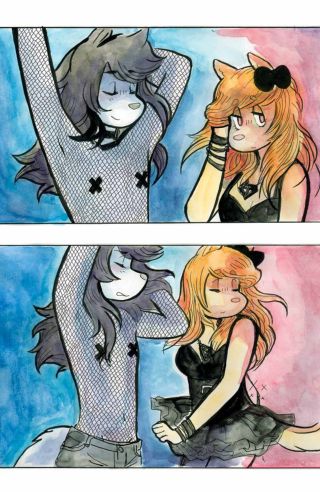
I spent ages trawling the web for all the small details I wanted to remember to include, and I really struck gold when I found like, this Czech website [Scene Queens]. The people who run it were obsessed with chronicling the original first wave of scene queens.
For me, that era and that subculture is filled with this intense sense of longing, all the songs were mostly about going out and partying, and you’d listen to them on your iPod for the 90% of your life that was currently underwhelming you.
Nrama: What inspired the relationship between Kiki and Hana in general? It felt very real and familiar — in a lot of media relationships seem to fall squarely on one end of a very binary emotional spectrum, and Hana and Kiki seem to live in a nebulous space of obviously wanting to maintain something positive even as they seem to recognize their lives or motivations are sometimes at cross purposes.
Boydell: Like a lot of my work, it pulls from a mixture of real experiences without being linear enough for me to really call it true autobio. The balance between memories and story-telling means it has a kind of similar truth ratio to The Pervert.
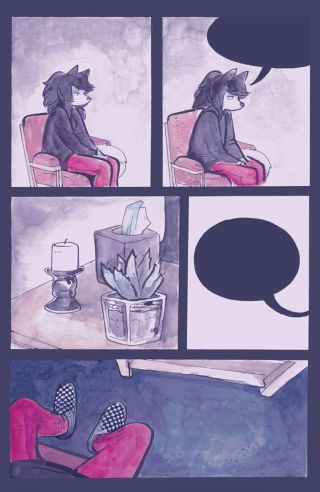
Nrama: The book opens with Hana musing that "happy people don't start believing in the end of the world." Can you talk about what the end of the world means, in the context of 920London?
Boydell: Oh my god, I’ve been waiting for this ... when I was writing, literally two years ago, the end of the world aspect was partially just an exploration of ‘failure to thrive’ in the context of female trauma. It definitely exists in a new context that I couldn’t have really anticipated.
On a research level, I got really interested in the Heaven’s Gate cult, and the kind of psychological make-up that helps people get hooked into a specific type of End of Days narrative. Doomsday can always exist in a literal sense though.
Nrama: Mushrooms are the focal point for both Hana and the book’s structure — what drew you to that for 920London, both in terms of the story and that episodic framing around the stages of growing?
Boydell: Growing things is like, life giving. If you’re finding it hard to look after yourself, sometimes looking after something else can anchor you in the world. The vocabulary of growth in the mushroom world (like ‘pinning’, ‘flushes’) is also super alien and cute to me.
Nrama: Your watercolor work feels so effervescent and delicate. It was gorgeous in The Pervert and I think is especially effective here, emphasizing how fragile things feel for both Hana and Kiki (together and in their own lives). One misstep and everything changes. What drew you to watercolors as a medium for comics?
Boydell: Wow, that’s a super poetic take on it. I kind of don’t want to tell you about any digital edits I did now! To be real, I got given some nice watercolors when I was around 13, and I’ve been using that same set for more than a decade now (I replace a few pans of color every now and then).
Practically, I can just do it faster than I can color digitally, and when I was younger I was just desperately grabbing onto anything that would differentiate my art. You can definitely make some really cool happy accidents with the medium, and the brush just feels like part of my hand.
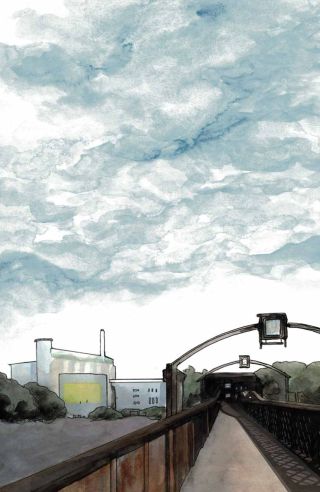
Nrama: Are there things you feel better able to explore in art with watercolors than other coloring mediums?
Boydell: I can definitely do a good moody splash page for sure. I got into the habit when I was posting on Tumblr, and since everyone was scrolling down through art so quickly, I would always add that wordless atmospheric page at the end of any short comic, like "Think about that then!"
Nrama: And what inspires your anthropomorphic designs? There's something in particular about Kiki's so era-specific styling paired with the ears and tail that makes her feel more and less human all at once.
Boydell: I love designs that are so vague that you can’t really tell what animal they’re meant to be - someone called them cats once. For the record, I think they’re meant to be dogs, like that Snoopy kind of ‘bean-faced dog.’
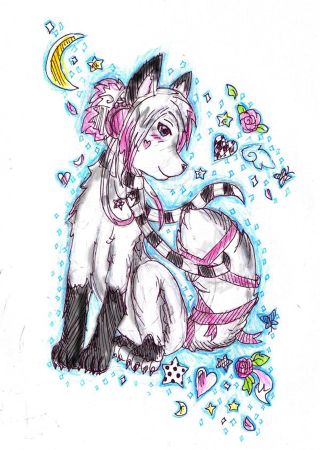
"Sparkledogs" is a term for these four-legged, coiffed hairstyle, highly ornate character designs that got really popular in the 00s. Sometimes they represented the artist, sometimes they would have these wild designs that served as a kind of visual stand in for some kind of grand unrealized narrative that they were imagined in — one devil wing and one angel wing, a cursed eye that sees the future, Skullcandy headphones, Frankenstein stitches.
The girls’ designs are kind of a nod to that, but simplified down to a level that I found do-able. At least for me, sacrifices have to be made when the characters start existing in a narrative, instead of having accessories which act as a kind of visual short-hand for narrative.
I can’t imagine doing a full-length book with humans anymore, although I will probably make at least one work where I sell out to the Man and give it a go.
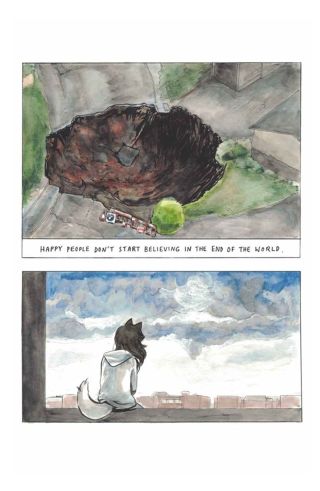
Nrama: In a similar vein — did anything in particular inspire Jake Price's design? From the book he sounds like the dirt worst but I just changed my Animal Crossing flag to a Garfield, so, also, I'm kind of obsessed.
Boydell: I think I will get in legal trouble if I answer this fully, but Jake Price the blue cat knows who he is. [Laughs]
I love designs with recognizable echoes like that.
After finishing the book, I started working as a virtual agent and manager for a cat with suspiciously similar markings on her ears and tail.
Nrama: Are there any moments in particular you're looking forward to readers experiencing in 920London? Or just moments you're especially proud of as a creator?
Boydell: I am proud of the page about peeing. My absolutely favorite part is the beautiful guest art which I’m very grateful for. Many thanks to Lottie Jay, Declan McCarthy, Mak T, Kenzie, Scootz, and SFJR for their contributions.
Nrama: What's next for you, once 920London is out in the world?
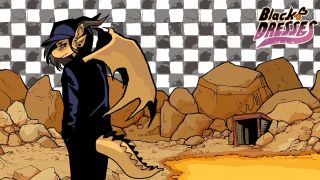
Boydell: I have co-founded a small animation studio and am making music videos for a while.
Nervana deserves her own book, but taking a break by working in a different field is helping me put out better stuff. My first full video for the band Black Dresses came out in March, which you can see on YouTube (warning for flashing lights).
Most Popular




